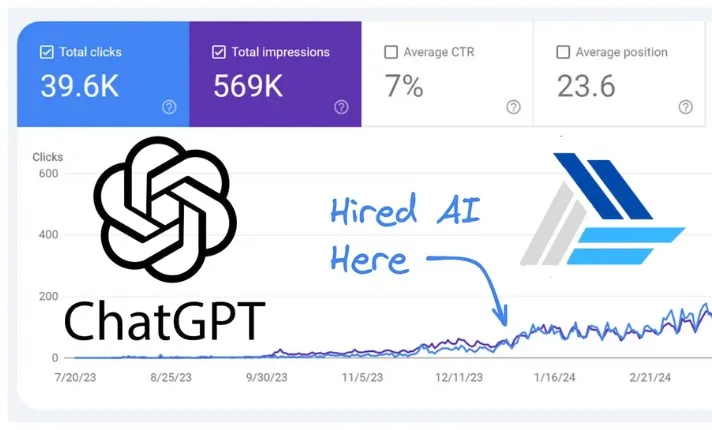Base32 Encoding Explained
Base32, along with other Base2ⁿ encodings like Base64 and Base16, is a method of representing numbers and bytes using a fixed number of characters. Base32 uses 32 different characters to represent data, encoding 5 bits of information per character. This makes it a highly readable and URL-friendly format, perfect for encoding data such as UUIDs or any arbitrary data.
How Does Base32 Work at the Bit Level?
At its core, Base32 encoding takes binary data and converts it into a more compact string using 32 distinct characters. For example, a standard UUID can be transformed into a Base32 string, reducing its complexity while preserving all necessary information. The process involves breaking down the binary data into 5-bit groups and mapping each group to a character in the Base32 alphabet, as defined in RFC 4648.
Implementing Base32 Encoding
Implementing Base32 encoding from scratch involves working at the bit level. Each chunk of data, typically 5 bytes (or 40 bits), is divided into 8 segments of 5 bits. Each segment is then mapped to a character from the Base32 alphabet. Jimni Nomics' tool makes this process seamless, offering quick and reliable encoding without the need for complex third-party libraries.
Base32 vs Base64 and Beyond
Base32 is often compared to Base64. While both are widely used, Base32 provides a more URL-safe alternative, making it an excellent choice for scenarios where readability and ease of use are paramount. With Jimni Nomics, you can easily convert your data using our Base32 encoder tool, and experience the simplicity and efficiency of this format.
Encoding Arbitrary Data
When encoding arbitrary data into Base32, the input string is split into chunks, and each chunk is processed to ensure proper encoding. For example, the string "foobar" can be encoded into a Base32 representation using the characters defined in RFC 4648. Jimni Nomics simplifies this process, allowing you to focus on what matters most: the data itself.


 By: Jimni Nomics
By: Jimni Nomics
